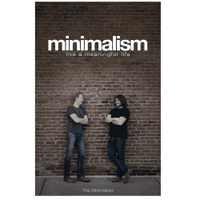Organisation experts share their foolproof decluttering methods to try in 2025
From the 'one-touch' tidying rule to the 'move out' method, these are the best methods professional home organisers use
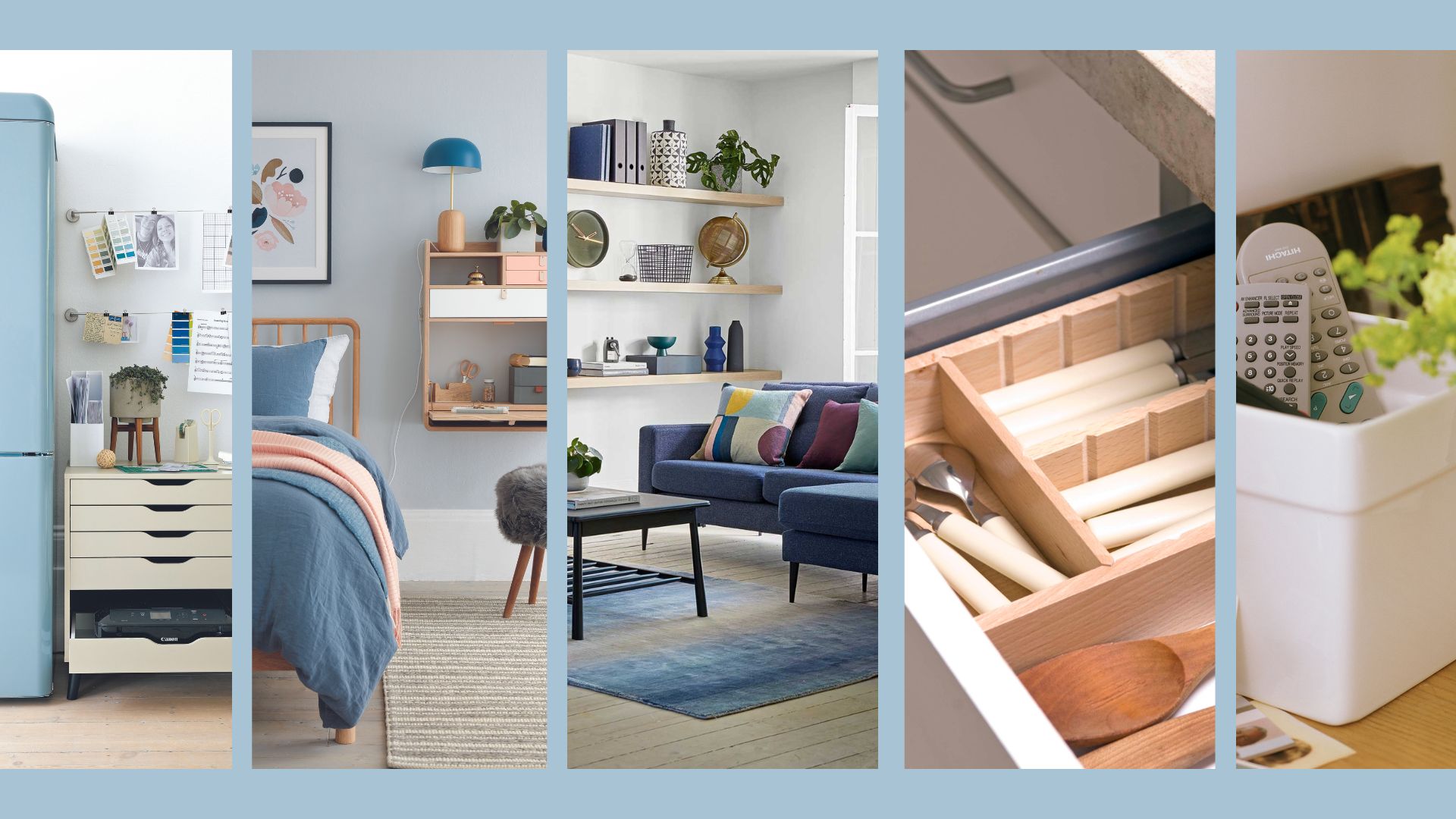

Decluttering isn't something we always have time to do as regularly as we'd like, but we all deserve a calm and clutter-free space to live in. So if coming through the front door currently involves clambering over piles of shoes and clutter, or perhaps you can never find the scissors when you need them, it's time to do something about it.
Whether you are taking on a big clear-out or simply want to free up valuable space in one particular room, it's a good idea to employ the best decluttering methods recommended by professional experts. Following their foolproof techniques makes decluttering your home easier and helps you stay motivated when things get messy.
Following their expert home organisation tips will help us to banish the "just in case" items and to realise when sentimentality is clouding our judgment.
6 Professional decluttering methods to try in 2025
"Everyone is unique, and there is no ‘one size fits all’ method for decluttering, " says Suzanne Roynon, interior therapy and Feng Shui expert. "So experiment with the various options until you find one which suits your time and lifestyle.”
One of these six expert-approved decluttering methods might be exactly what you need to help keep your home tidier for the rest of the year.
1. The 'move out' method
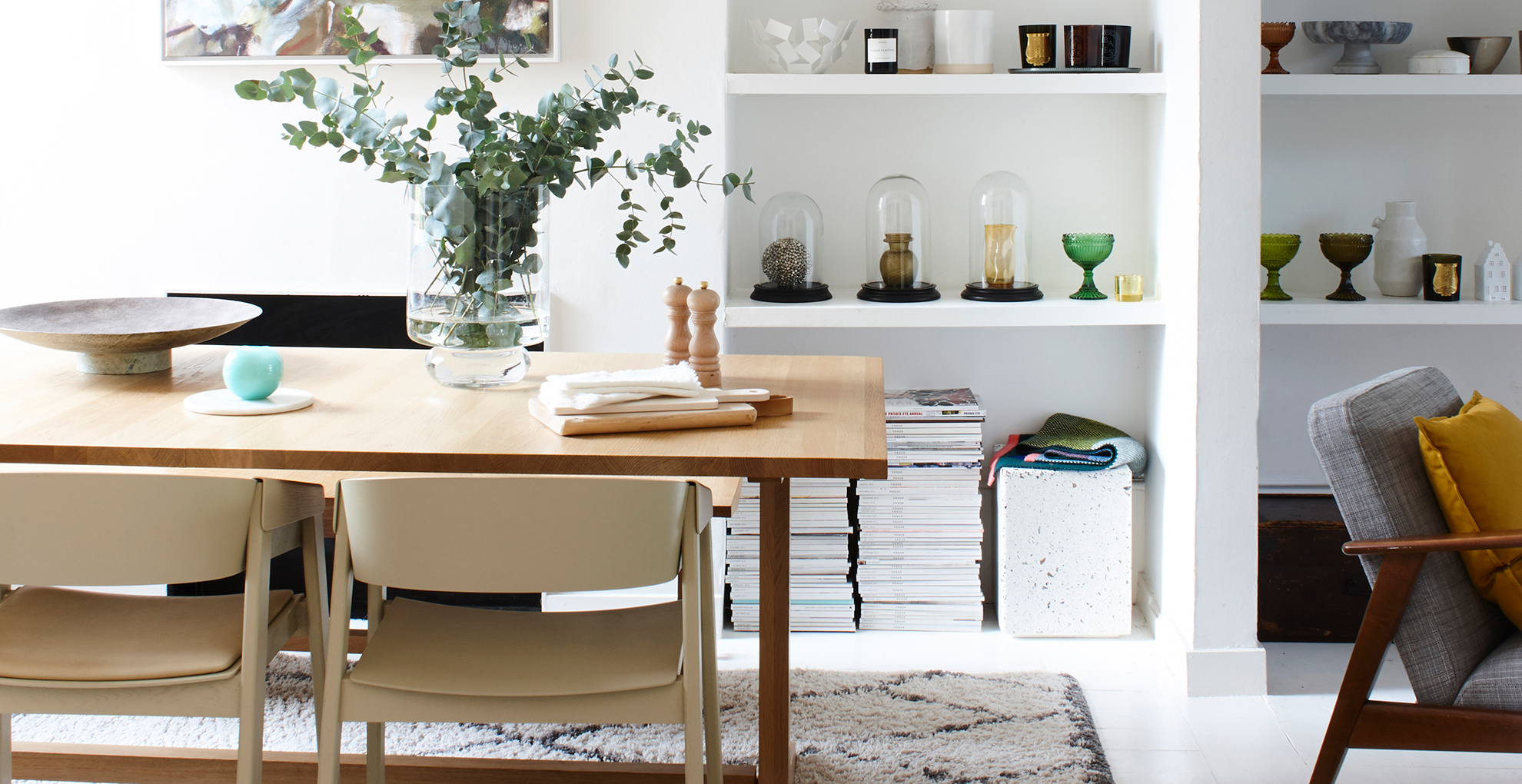
The premise is simple: if you were moving to your dream home, would you take it with you? If the answer is no, declutter it.
Suzanne Roynon’s 'move out' method is a great visualisation technique that helps you to distinguish between glorified clutter and items we use, need, and love because it makes the decision-making process more clear-cut.
Sign up to our free daily email for the latest royal and entertainment news, interesting opinion, expert advice on styling and beauty trends, and no-nonsense guides to the health and wellness questions you want answered.
When I tried it during an afternoon of decluttering with Suzanne, I found it helped to quieten the chatter in my head – the "I might be glad of it one day" or feelings of guilt around gifts I’d received but didn’t like.
It ultimately helped me be more ruthless and clear a load of space in my flat. I’ve shared the method with friends who have found it helpful in reframing decluttering and highlighting the things they had fallen out of love with but had been holding onto for no reason. Goodbye, half-dead houseplants, items that bring back unhappy memories, and books you didn’t finish.
A variation of the 'move out' decluttering method is to actually pack your items into boxes as if you’re moving out, set yourself a deadline and then 'move back in', going through your belongings one by one, and only keeping the items you use and love. This might be a lot more effort, but there’s nothing like a deadline to focus the mind, and packing things away can help you to look at a room with fresh eyes.
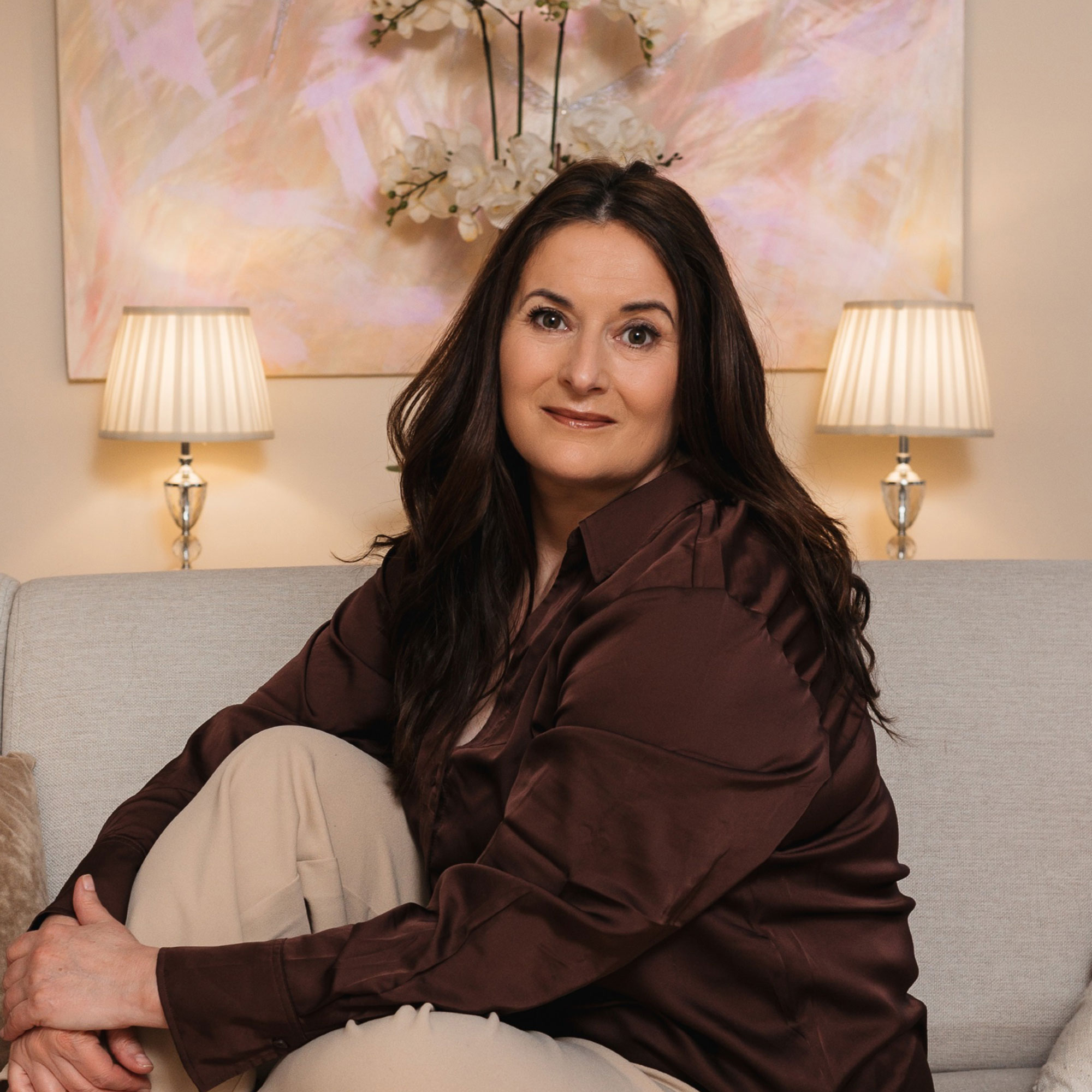
Suzanne is an interior therapist, Feng Shui consultant, and author of Welcome Home, how stuff makes or breaks your relationship, at Amazon. She specialises in understanding the energetic impact in our homes and how 'stuff' can actively prevent people and families from thriving and enjoying the lifestyle they deserve. Suzanne devotes her passion to helping clients activate their Feng Shui and interiors therapy online and in person, both in the UK and around the world.
2. The 12-12-12 challenge

Getting motivated to declutter is often the hardest part, given the fact there are so many other demands on our time. The 12-12-12 challenge is a great way to kickstart your clear-out.
Joshua Becker, author of The Minimalist Home: A Room-by-Room Guide to a Decluttered, Refocused Life, free at Amazon with an Audible trial, invented the 12-12-12 challenge to break decluttering down into manageable chunks.
"Locate 12 items to throw away, 12 to donate, and 12 to be returned to their proper home. That's it. Repeat if desired," he says on his website Becoming Minimalist.
"Breaking down the task into manageable steps with a defined beginning and end will always help you to feel less overwhelmed. This simple formula can be repeated as often as you have the energy to complete it," says Amanda Biggs, APDO's membership director and founder of Professionally Organised.

Amanda specialises in helping people declutter and organise their homes when they are overwhelmed, helping clients reclaim their home and their time.
Lots to declutter? Amanda Biggs suggests keeping a goal in mind and then adapting the 12-12-12 method by increasing the number of items to declutter, donate, or return or increasing the length of time you dedicate to each decluttering session.
If you’re struggling to let go of things, Siân Pelleschi, president of APDO and founder of Sorted! recommends reducing the number by half, and doing a 6-6-6 challenge instead.
Struggling with the eco-guilt of throwing items away? "Look to repurpose, reuse and recycle instead," Siân suggests. "It’s worth looking at your local recycling centre to see what they do take for recycling or passing on to charities and instead of looking at items to throw away, change it to items to be recycled." This offers a more sustainable living solution that feels less wasteful.
3. The 30-day minimalism method
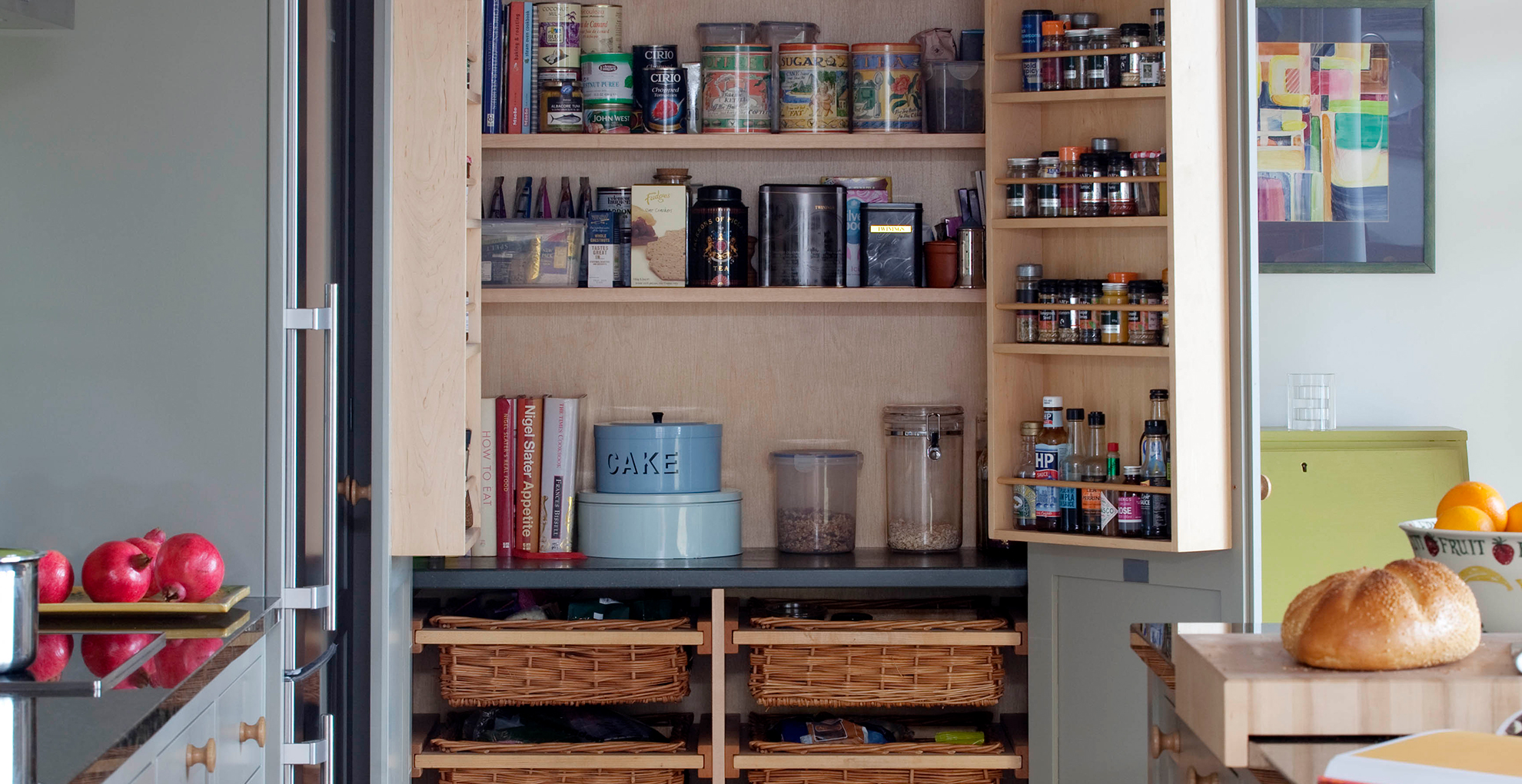
If you are decluttering a garage or decluttering a loft, I’d recommend the 30-day minimalism game, which I tried a couple of years ago. It helped me to declutter over 300 items, inspiring family members to do the same. I found it especially helpful for decluttering books, as well as clothing I no longer loved.
American writers and minimalists Joshua Fields Millburn and Ryan Nicodemus came up with this as a way to clear out a lot of stuff. Sally Jackson, founder of Soren's House explains it simply: "The 30-day minimalism game aims to clear out the same number of things as the number of days of the month. So clear out one thing on the first, 10 things on the 10th, and so on for 30 days. Say goodbye to forgotten T-shirts, dusty ornaments, and overflowing bookshelves. Reclaim your space, one mismatched sock at a time.”
It’s the hardest decluttering trick I have tried because the number of things to declutter increases rapidly, and you need to be organised or you’ll end up with bags cluttering up the hall waiting to be donated.
"To keep you going, find a partner and make a bet, such as 'whoever gives up first buys us dinner."
Top tip:" If you have a car, you can move things to the boot, but they need to be donated as soon as possible, or you start to lose track of which day the bags of items were from."
4. The 5-minute rule
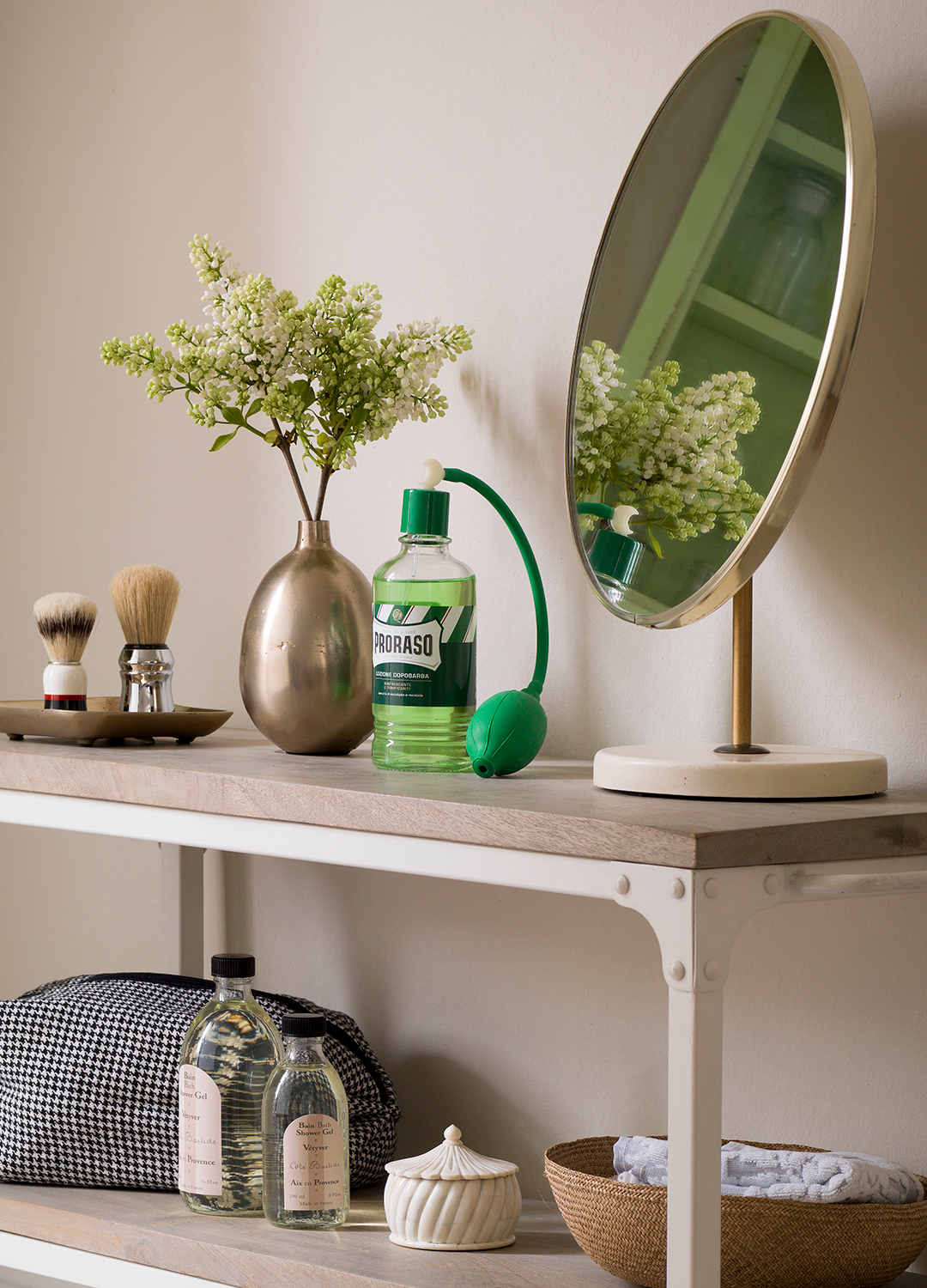
"My golden rule is, a tidy a day, keeps the clutter away," says Craig Hoareau from A Tidy Mind London. And what if you only had to spend five minutes? This method is all about adopting daily habits to keep your house clean and tidy by removing clutter.
Lynsey Crombie goes into much more detail in her book, The 15-Minute Clean, at Amazon, but the idea is to set a timer for five minutes, tidy as much as you can in that time, and have a break, then repeat in as many other rooms as you want.
I once did this every day for a week, and my flat had never been so tidy. I still do 5-minute tidying sessions mainly when I need to tidy up at the end of the week and I'm finding it hard to get motivated.
As Laura Price, founder of The Home Organisation, says, consistency is key when maintaining a clutter-free home: "The more often you declutter, the easier it gets! If you let clutter hotspots build up then decluttering can start to feel like a momentous task that takes too much time and energy. But if you chip away at your clutter every day or week (even just 5 minutes), you’ll be shocked at just how much you can achieve without feeling like you’ve put in any effort at all."
Personally, I find it helps with decluttering the bathroom – clearing surfaces of makeup and skincare products, and used-up shampoo bottles – and decluttering a bedroom.
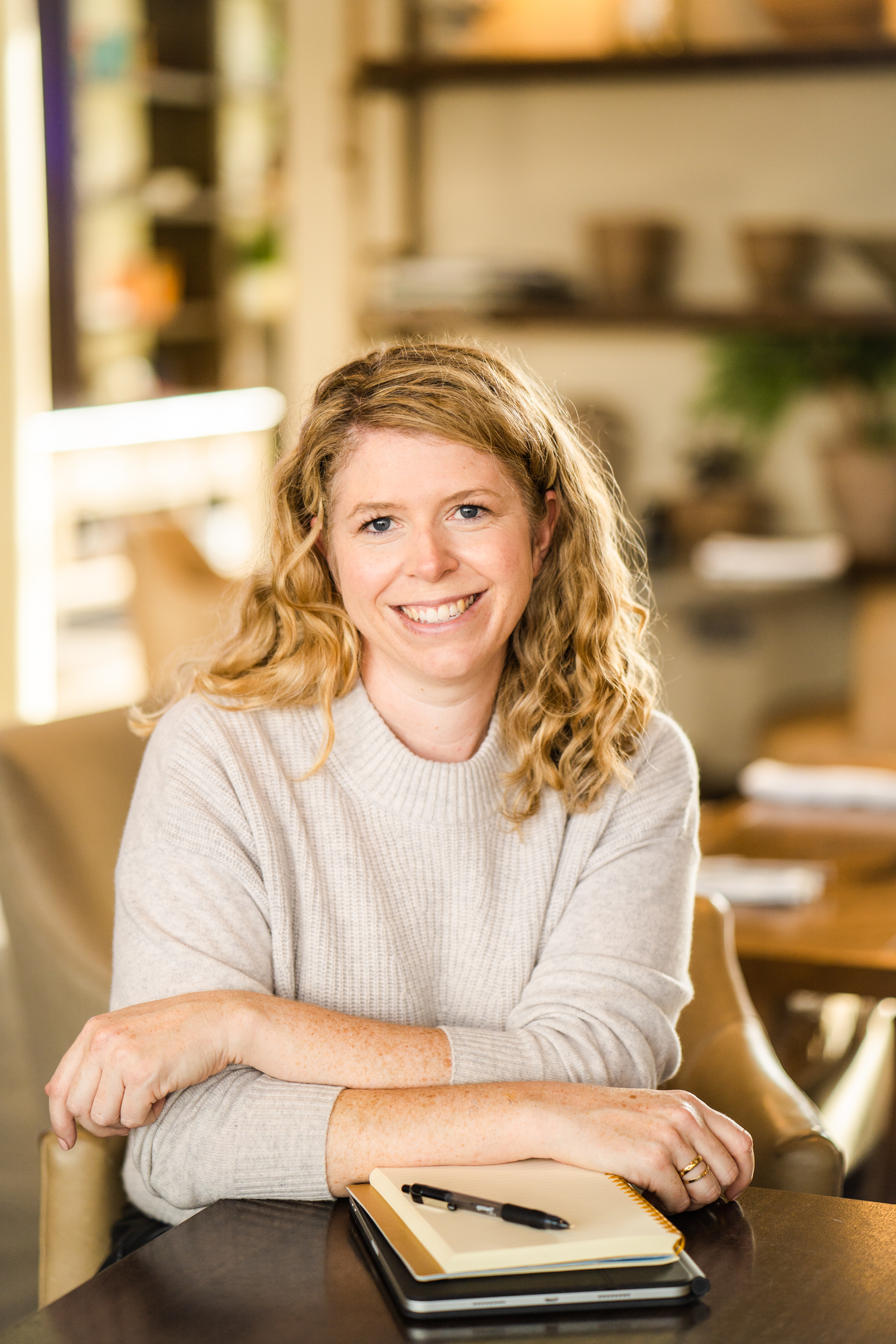
Laura Price is the owner of The Home Organisation. Laura Price's goal is to help others experience the benefits of living an organized life after discovering that organized homes brought her peace when raising three children in a hectic home. Hence the birth of The Home Organisation, a dedicated team of professional organisers.
It’s a bit like the expert cleaning hack that has been trending recently on social media about "hiring yourself to clean, giving yourself an hour and the stress of it all makes you clean faster than you ever would usually". Five minutes doesn’t feel long enough sometimes, especially when organising a kitchen, so you can adapt it to 15 minutes.
It’s worth taking "before and after" photos ready to WhatsApp to a friend when you’re done, as this highlights clutter on surfaces and gives you that bit more motivation.
5. The 'one-touch' tidying rule

The 'one-touch' rule is a good habit to get into to maintain a clutter-free home, especially if you are organising a small space.
"The idea behind the 'touch it once' rule in organising is that any task should be acted upon the first time it is encountered, rather than delaying or deferring the action,' explains Craig Hoareau, APDO member and managing director of A Tidy Mind London. "It is intended to reduce the amount of time and effort required to complete tasks down the line and prevent it from being forgotten or procrastinated until they become overwhelming."
So rather than putting a pile of post on the dining table to be dealt with later, you would open it and either throw it away, action it or put it in a tray, folder or clipboard of important documents. Or rather than folding laundry and leaving it in a pile, fold it and put it away immediately. "Otherwise, you end up with a massive pile you have to deal with later, which nobody likes," says Craig.
Marie Bateson, APDO's Volunteers director and founder of Cut the Clutter shares a helpful tip: "I always tell my clients to think about the first place they would look for that item. Not to overthink it, but to go immediately and put it there. This avoids the item being picked up and put down multiple times as it hasn’t got a home."
"The place they decide to put it may not be logical to anyone else but them, but they won't forget where it is."
6. The 90/90 decluttering rule
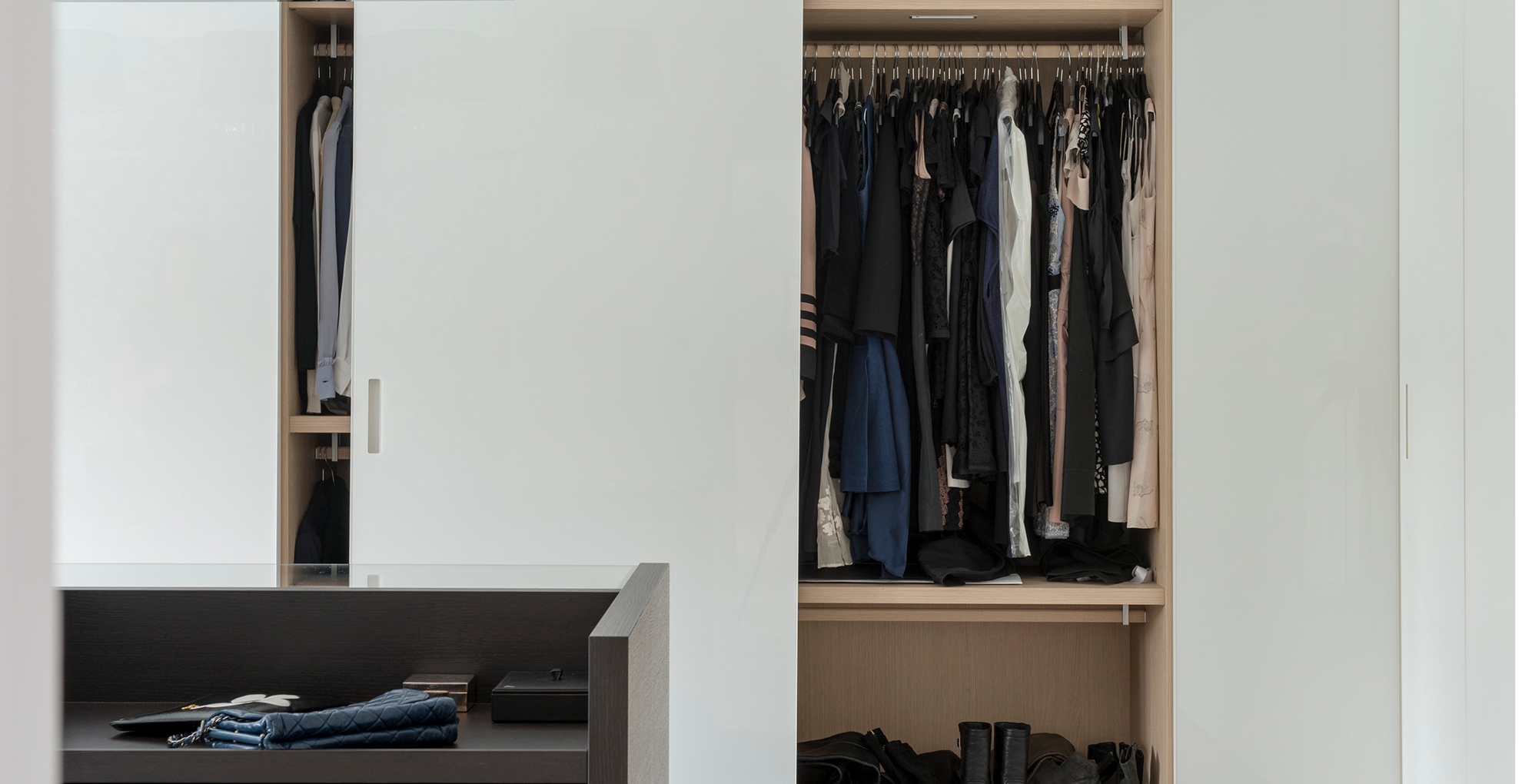
The principle of the 90/90 professional decluttering method is to ask yourself if you have used an item in the last 90 days. If you haven’t, will you likely use it in the next 90 days? If not, then it's a sign that you no longer need to keep that item.
This thoughtful decluttering method was conceived by the well-known American authors Joshua Fields Millburn, Ryan Nicodemus and T.K Coleman – also known as The Minimalists.
On their website theminimalists.com, the decluttering collective explains their 90/90 decluttering rule as follows: "Look at a possession. Pick something. Anything. Have you used that item in the last 90 days? If you haven’t, will you use it in the next 90? If not, then it’s okay to let go."
I tested the 90/90 decluttering rule to organise a closet, finding it easier to epicycle clothes rather than other household objects you don't necessarily 'use'. To apply this method for household items that are more fun than functional, simply ask yourself if you've acknowledged and appreciated that item in the last 90 days.
Minimalism: Live a Meaningful Life, £7.99 at Amazon
After a pair of life-changing events, Joshua and Ryan discovered minimalism, allowing them to eliminate their excess belongings so they could focus on life's most important "things": health, relationships, passion, growth, and contribution. Read more from The Minimalists in their book.
FAQs
What is the golden rule of decluttering?
Suzanne Roynon says the key is to take responsibility for the clutter and set up an effective home organising system to maintain order.
The challenge for many people whose homes have been overwhelmed by clutter is that it’s really tough to tackle it single-handedly. “We’ve all seen the TV shows where a team of experts roll in and sort things out for struggling families, but that’s not realistic for the majority of people,” says Suzanne.
“I believe it is essential to take personal responsibility for understanding why things have got to this point and be actively involved in decluttering and then organising remaining possessions in a way which works and prevents a future build-up of clutter.”
What is one decluttering mistake to avoid?
A common mistake we make is to throw ourselves in without thinking about why we're decluttering.
"Before getting started, take the time to really think about what you want to achieve," says Lisa Coe, founder of Happy Space Organised by Lisa. "Are you aiming to simplify your home, decrease stress or simply reduce the time it takes to clean and tidy? Having a clear vision of what you want to achieve will help to keep you motivated."
"As tempting as it can be to start with a huge project, my advice is always to start with one small area at a time and to take regular breaks," Lisa continues. "Many of my clients report failed decluttering attempts, where they have tried to do too much at once and have found themselves overwhelmed and surrounded by clutter, resulting in them hurriedly cramming everything back and giving up on their decluttering goals."
"Slow and steady is often the best way to achieve your decluttering goals."

Millie Hurst is a freelance writer and interior designer based in Sheffield, helping clients create homes that are characterful, curated, and highly functional. Interior design inspirations include Jake Arnold, Beata Heuman and Abigail Ahern. Her personal style is a 'liveable maximalism' with boho, nature-inspired designs.
She has seven years of experience in the world of digital journalism, most recently working as Head of Solved at Homes & Gardens, where she wrote and edited countless features on home organisation, decluttering and interior design. Before that, she was Senior Content Editor at Ideal Home.
